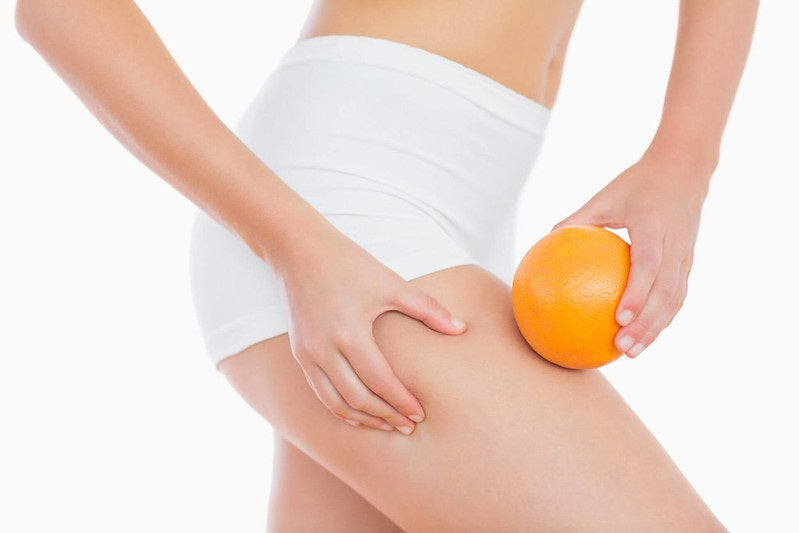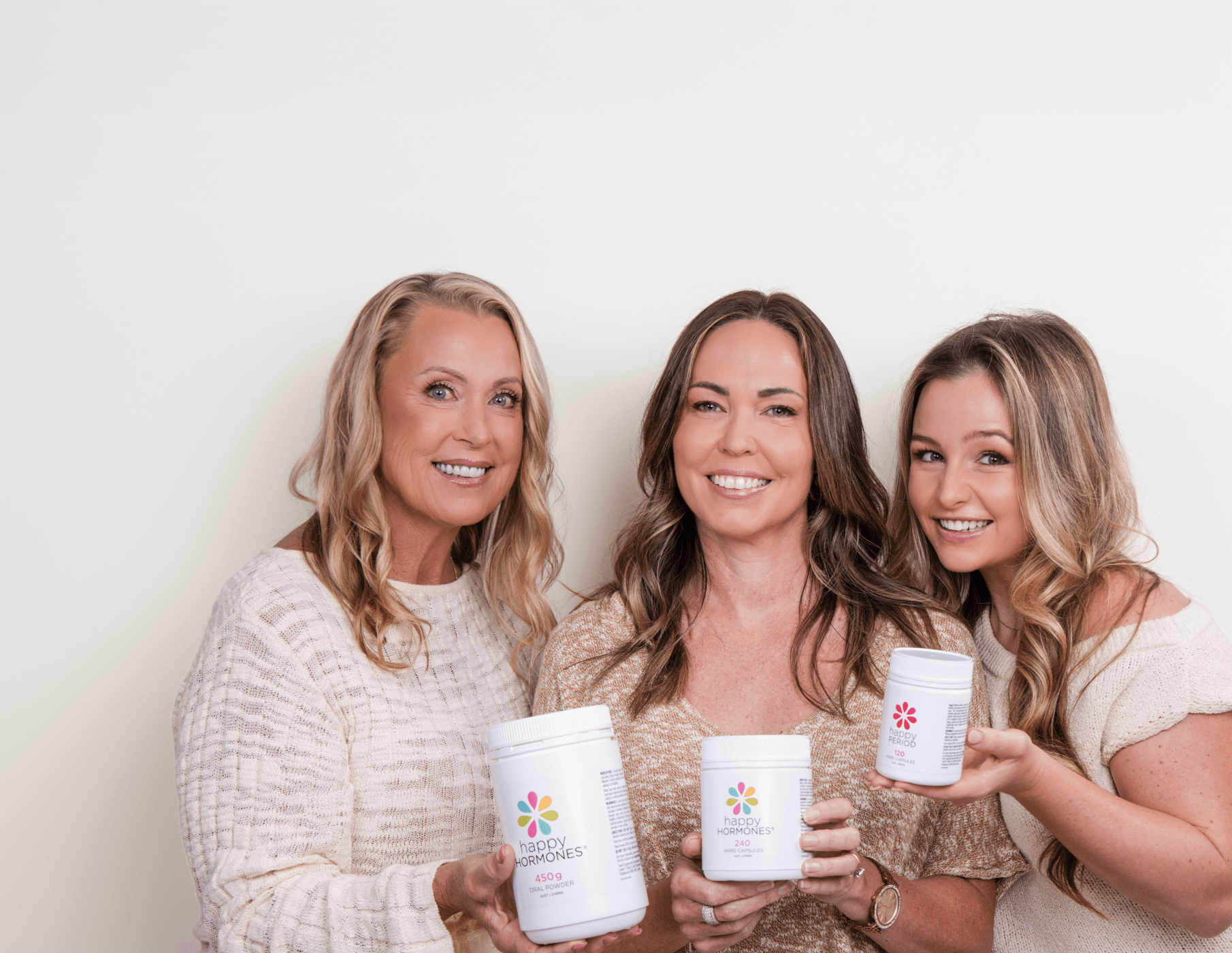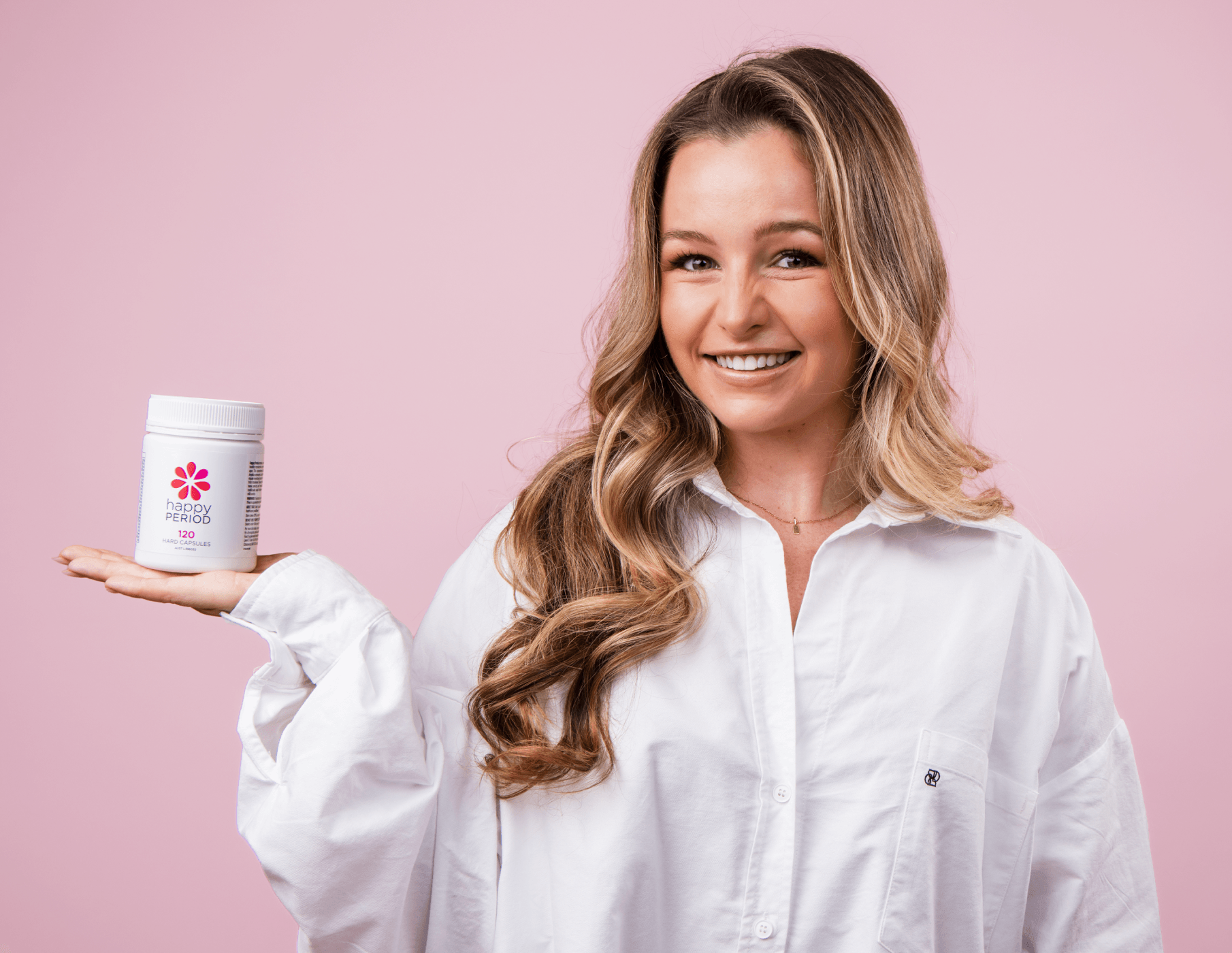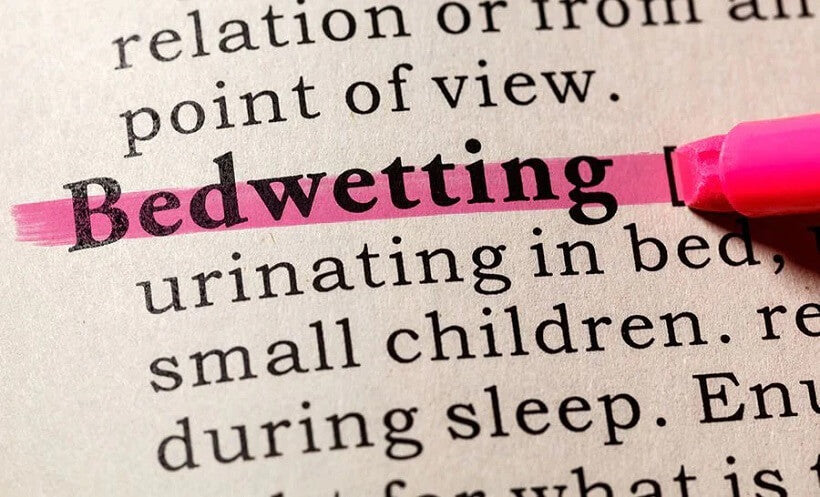The Truth About Cellulite
By Lauren Jane

Cellulite is a normal physiological state that presents in 85-98% of post-pubescent women of all races, shapes and sizes, and of varying ages. It is the result of fat and oedema present within our subcutaneous tissue, which is the area beneath our skin.
Why do we get cellulite?
Women have bands of connective tissue that are arranged like columns that appear to hold up the 'roof' of the skin. They stem from deep within your fascia, to the dermis.
Fascia (or the adjective fascial) comes from a Latin term meaning "band") and refers to a band or sheet of connective tissue, primarily collagen, beneath the skin that attaches, stabilizes, encloses, and separates muscles and other internal organs. These tight bands segregate your fat into channels, and they're fixed, so you can imagine that with any expansion of your fat cells, a projection occurs, up and through, giving that puckered, bumpy appearance.

Why do women get more cellulite than men?
While cellulite can develop in both men and women, it’s a lot more common among females. In fact, more than 80% of women get cellulite at some point in their lives. This is most likely due to the different distribution of muscle, fat, and also because of the structural differences between sexes.
Structurally, where a woman has 'columns' that hold up the ‘ceiling’ of her skin, a man has collagen arranged in a criss-cross pattern which leaves less room for bulging of fat and dimpling of the skin.
What exacerbates the appearance of cellulite?
-
Free radical damage. This causes oxidation of our fatty acids. Oxidative stress can occur with a refined food diet, household toxins, pollution, smoking, alcohol consumption, and obesity.
-
Poor circulation/blood flow and impaired lymphatic flow. This reduces oxygenation, increases fluid in interstitial spaces and leads to an accumulation of toxins in our fat cells.
-
Excess oestrogen. This can stem from poor hormone clearance via the liver and bowels. High levels may increase the size of fat cells in subcutaneous tissue.
- Age. As women age, they produce less oestrogen and blood supply to tissues is also decreased, which, in turn, reduces the amount of collagen and elastin in the connective tissue fibres. Now when connective tissue fibres weaken, the bulging worsens which increases that cottage cheese appearance.
Directly addressing the causative and exacerbating factors is the only way to truly change the appearance of cellulite. We recommend you do the following:
-
Cardiovascular exercise. To increase blood flow, support capillary health and stimulate the production of collagen and elastin.
-
Weight-bearing, resistance exercise. Muscular atrophy leads to the subcutaneous (underneath) layer of muscle becoming weak and undefined - it separates from the skin, making fat deposits significantly more visible.
-
Drink filtered water and consume adequate essential fatty acids. This keeps cells hydrated and supports detoxification through the lymph and kidneys.
-
Prevent free-radical damage and reduce inflammation. Consume antioxidants in your diet to combat this. Eat unrefined, seasonal foods, support your detoxification organs, and take Happy Turmeric.
-
Strengthen your blood vessels. Think movement, antioxidants intake, an optimal vitamin D and cholesterol status.
-
Support lymphatic flow. Dandelion root tea. Infrared sauna. Dry body brushing daily. Lymphatic massage. All these help address cellulite in a big way.
- Restore hormonal balance. Learn more about how to combat oestrogen dominance here.
Easier said than done?
Here at Happy Healthy You, our approach to weight loss is a holistic one. Looking deep into the reasons why you've gained weight, to begin with, and why it's not coming off is critical to long-term weight management.
BLOCKS to losing weight
Some of the common BLOCKS to losing weight are:
- Hormonal imbalance
- Poor liver function
- Reduced digestive capacity
- Thyroid sluggishness
- Poor sleep
- Imbalanced blood sugar levels
- Medications
- Stress
- Incorrect diet and/or exercise intensity
Your journey to long-term weight loss begins with understanding how your body works, and then taking proactive steps to improve your health.
The Happy Healthy YOU guide presents the dos and don'ts of health along with a program that can easily be implemented and then rolled into an ongoing set of choices toward successful weight management. You will start to feel better, lose weight if you need to, sleep more soundly, and ultimately set the direction of your health in a positive way.
Our practitioner team can also help you understand your individual blocks to weight loss. However, a good way to start is by taking our online women's health assessment to determine which of these issues are more common in your case. The assessment is FREE and you will receive a comprehensive report. Simply click the link below.
For further information, please read this article on BLOCKS to Losing Weight.
REFERENCES
Mathew M Avram. Cellulite: a review of its physiology and treatment, Journal of Cosmetic & Laser Therapy. 2009:181-185. https://doi.org/10.1080/14764170410003057
Ilja Kruglikov. The Pathophysiology of Cellulite: Can the Puzzle Eventually Be Solved? Journal of Cosmetics, Dermatological Sciences and Applications. 2012:1-7.
http://dx.doi.org/10.4236/jcdsa.2012.21001
Stefanie Luebberding, Nils Krueger, Neil S Sadick. Cellulite: an evidence-based review. American Journal of Clinical Dermatology. 2015: 16(4):243-256.
https://doi.org/10.1007/s40257-015-0129-5
Lola K Smalls, Matthew Hicks, David Passeretti, Keith Gersin, W John Kitzmiller, Adel Bakhsh, R Randall Wickett, Jennifer Whitestone, Marty O Visscher. Effect of weight loss on cellulite: gynoid lypodystrophy. Journal of Plastic and Reconstructive Surgery. 2006:118(2):510-6. https://doi.org/10.1097/01.prs.0000227629.94768.be









Leave a comment
This site is protected by hCaptcha and the hCaptcha Privacy Policy and Terms of Service apply.